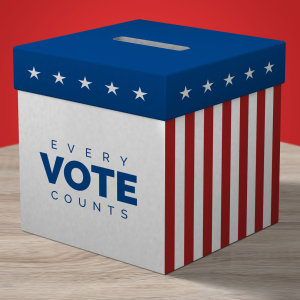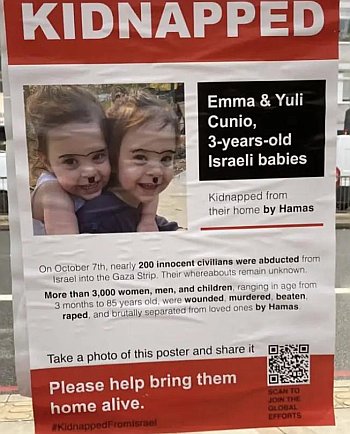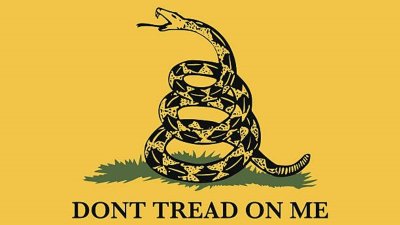Voting by conservatives HAS made a difference, just not enough so far

Voting does make a difference.
In one of my essays last week I took to task the many Republican conservatives who repeatedly say there is no point voting for Republicans because the leadership of the Republican Party does not represent conservative or American interests, and is in many ways as corrupt as the Democrats, only in a slightly different way.
[T]his refusal to support Republicans because they aren’t perfect simply guarantees that the Marxist and very corrupt Democratic Party will gain more power. The result is even worse policies, and more corruption, and congresswomen like Sheila Jackson-Lee and NASA administrators like Bill Nelson.
It is all very self-defeating. If conservatives went out and always voted for the most conservative candidate available to them, the power in Congress and in local legislatures would quickly shift rightward. It would also encourage other individuals even more conservative to run for office.
Many commenters for that essay disputed my claim, and still insisted there was no reason to vote any longer because the whole system is rigged.
This claim however is wrong. Though there is certainly ample evidence of vote tampering and corruption in the whole system, these issues can be overcome by the voters, if they have the courage and determination to vote. Proof of this fact was given in this op-ed published on April 27, 2024 and entitled “GOP Establishment’s Days Are Numbered”. The writer, Kevin Roberts, is president of the Heritage Foundation, which while solidly conservative has itself too often allied itself with that establishment, and thus is not to be trusted blindly in all political matters. However, in describing how that think tank had fought the gigantic foreign aid bill for the Ukraine that the Republican establishment and the Democrats pushed through, Roberts also noted these very important facts:
» Read more









